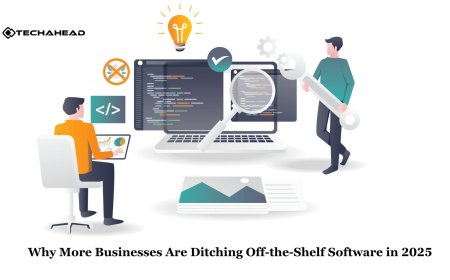Common Mistakes to Avoid When Using a Crypto Calculator

Crypto calculators are essential tools for traders, miners, and investors seeking to estimate profits, track portfolio performance, or assess the long-term value of digital assets. From forecasting future gains with a crypto investment calculator to modeling scenarios like the XRP price prediction after lawsuit, these tools offer clarity in a fast-moving market. However, despite their usefulness, many users fall into common traps that can lead to inaccurate calculations or poor investment decisions.
Understanding and avoiding these mistakes can help you make smarter, more informed moves in the crypto space.
1.Relying on Static or Outdated Data
One of the biggest mistakes users make is relying on old data. Crypto markets change constantlyprices, network difficulty, fees, and even blockchain protocols can shift within hours. Using a crypto calculator with outdated figures can drastically misrepresent your potential returns.
For example, when using a crypto investment calculator to estimate long-term gains, failing to update the current price of your asset could result in false assumptions. Always ensure youre using real-time or recently updated data, especially for volatile coins like XRP, where market sentiment can change quickly depending on external events such as legal rulings.
2.Ignoring Fees and Taxes
Another common error is leaving out transaction fees, exchange commissions, or potential tax liabilities. Most crypto calculators allow you to input these values, but many users skip themleading to overestimated profits.
In the case of staking, trading, or swapping coins, even a 1-2% fee per transaction can significantly reduce your actual return. When using a calculator to simulate a portfolio that includes assets like XRP, forgetting to factor in capital gains tax or exit fees could skew your results, especially if youre investing large amounts.
3.Overconfidence in Price Predictions
Crypto calculators often allow users to enter forecasted prices for future valuation, which is helpful for planning. However, a major mistake is assuming that these forecasts are guaranteed. A tool may allow you to project what happens if XRP hits $5, but this doesnt mean it will happeneven if you're following optimistic news around an XRP price prediction after lawsuit.
Its important to treat these projections as hypothetical scenarios, not guarantees. The lawsuits outcome could influence XRPs price, but many variablesmarket psychology, liquidity, adoption, and regulationalso play a role. Use predictions as part of a range of possible outcomes, not a certainty.
4.Misunderstanding Compounding Effects
When using a crypto investment calculator, many users forget to account for how compounding worksespecially in DeFi or staking scenarios. Some calculators assume daily or monthly compounding, while others are based on simple interest. If you don't input or select the right compounding frequency, your projected earnings could be far off.
For instance, if youre earning 12% APY on a staked asset but the interest is compounded daily, your real returns will be slightly higher than simple yearly gains. Always check whether the tool uses simple or compound interest and adjust accordingly.
5.Failing to Reassess Regularly
Crypto investing isnt a one-time decisionit requires ongoing evaluation. One common mistake is using a calculator once and assuming the results hold true for weeks or months. Given the speed of change in the crypto market, you should regularly re-calculate your ROI, especially when major events occur.
This is particularly important in scenarios like the XRP price prediction after lawsuit. A favorable or unfavorable court ruling can lead to rapid price movements. Regularly updating your projections based on market reactions can help you adjust your strategy on time.
Conclusion
Crypto calculators are powerful toolsbut like any tool, their effectiveness depends on how well you use them. Avoiding mistakes like relying on outdated data, ignoring fees, and over-trusting predictions can help you use a crypto investment calculator more wisely. Whether you're tracking mining returns, planning a portfolio, or speculating based on events like the XRP price prediction after lawsuit, always double-check your inputs, keep your data current, and understand the assumptions behind every calculation.






































